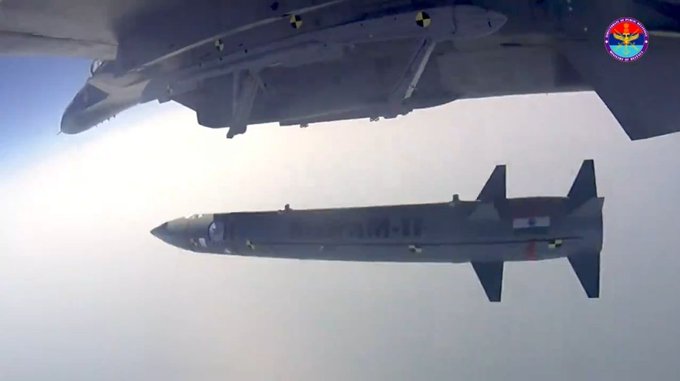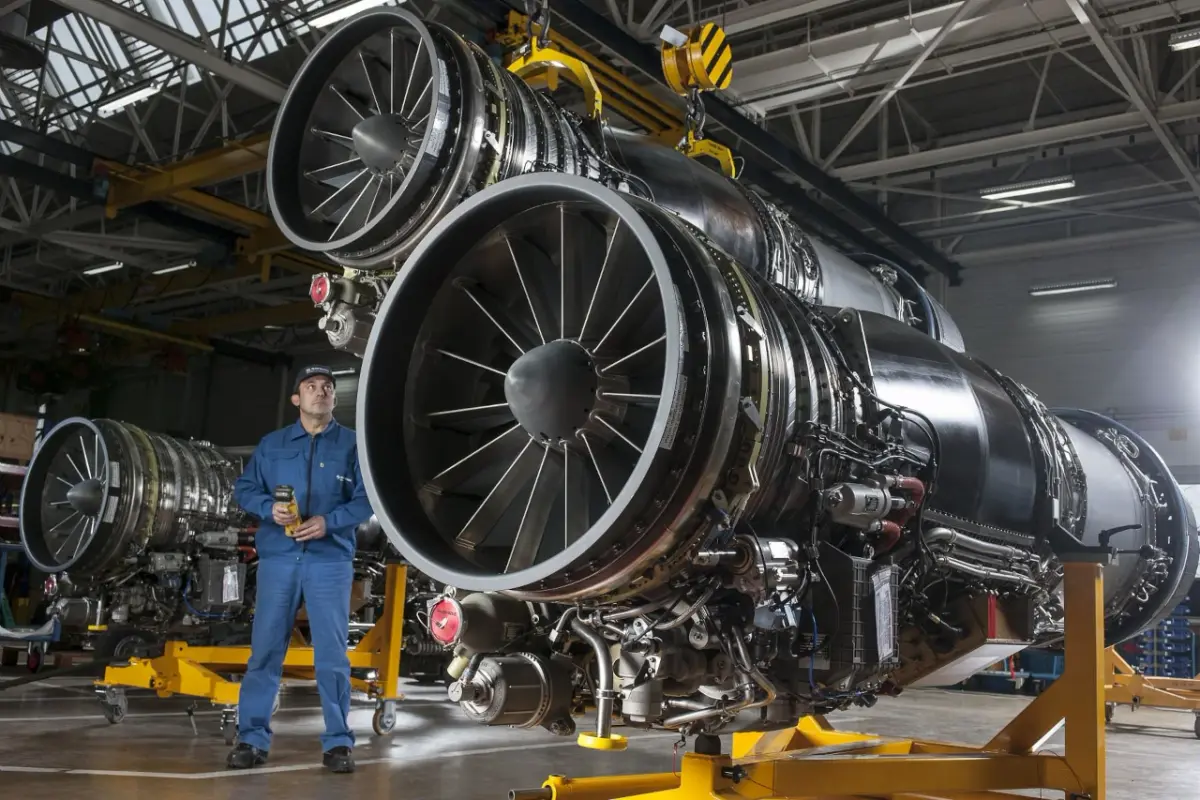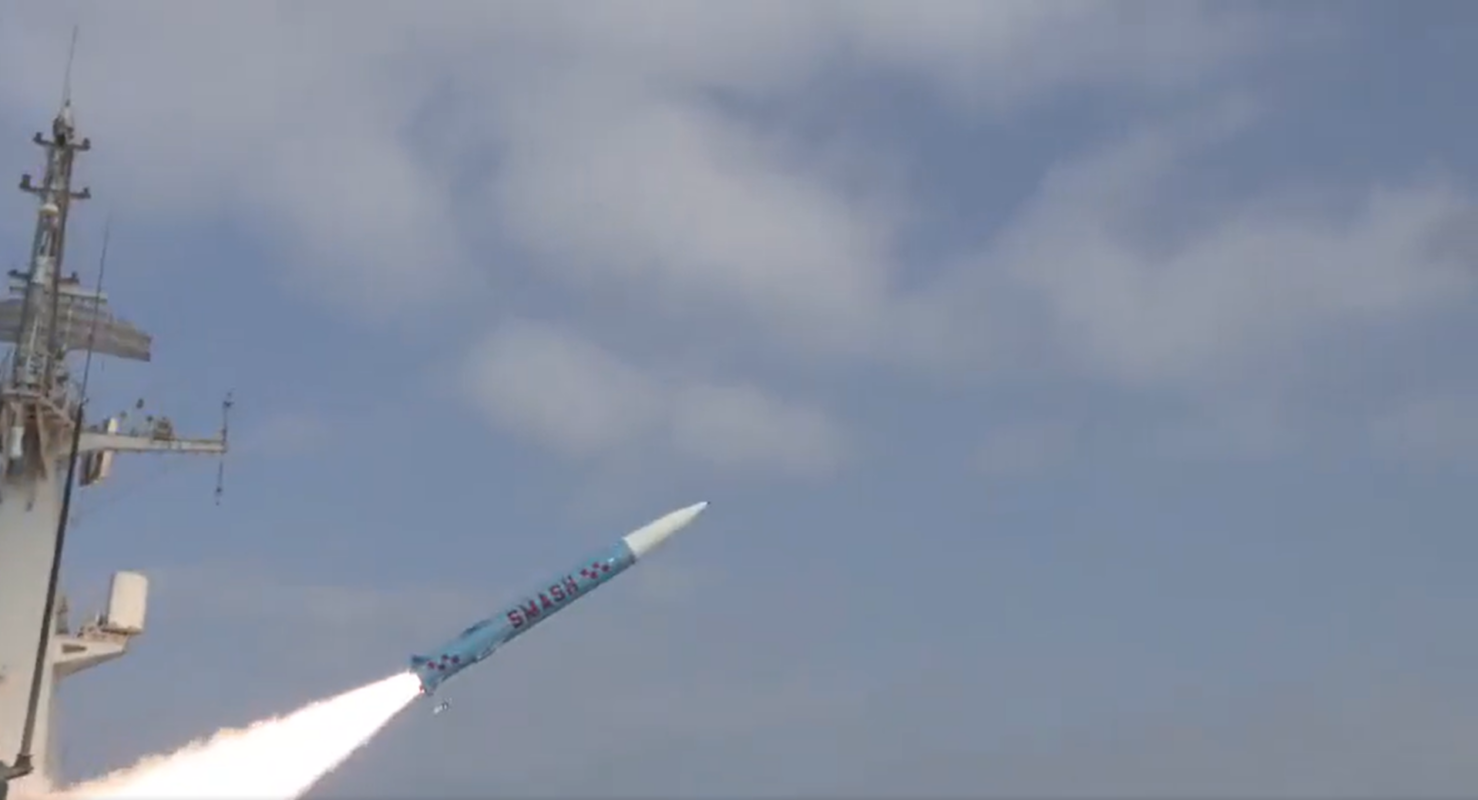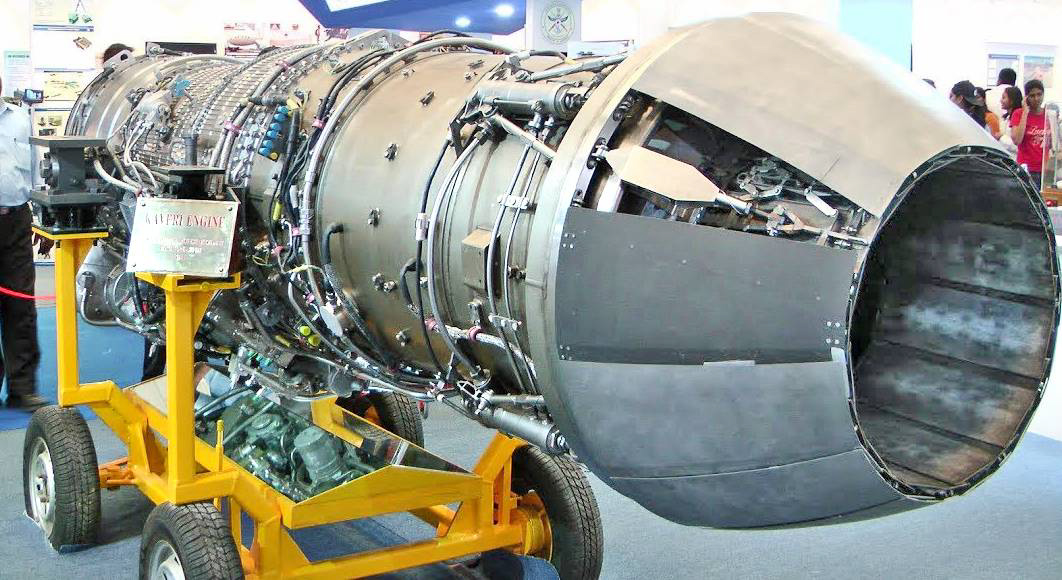SOURCE: IDRW.ORG


In a passionate address, Air Vice Marshal Suresh Singh (Retd) has called for India to abandon hopes of co-designing or co-developing the Advanced Medium Combat Aircraft (AMCA) engine with international partners, asserting that no foreign entity will share critical jet engine technology. Speaking with conviction, he emphasized that India must stand on its own feet and develop the 120kN engine indigenously, leveraging its own resources, talent, and determination.
Singh dismissed the notion of foreign technology transfer, stating, “Nobody in the world is going to co-design, co-develop, or give technology to you. Take it from me—100% technology, no one will give.” He argued that global aerospace giants, having invested vast sums of money, time, and resources, are unwilling to share proprietary technologies that could create future competitors. “Why should they lose revenue by giving you the edge?” he questioned, urging India to chart an independent path.
Continue readingSOURCE: IDRW.ORG
)

Hindustan Aeronautics Limited (HAL), India’s premier aerospace and defense manufacturer, is taking a significant step toward enhancing its footprint in civil aviation by pursuing Approved Training Organization (ATO) status for pilot training on the Do-228, also known as the Hindustan-228 aircraft. According to a report by Halldale Group, this move aims to establish HAL as a key player in regional pilot training, aligning with India’s ambitious Ude Desh ka Aam Nagrik (UDAN) scheme to boost regional connectivity.
By offering certified training for the 19-seater commuter aircraft, HAL seeks to support operators, reduce training costs, and strengthen India’s aviation ecosystem, all while leveraging its decades of experience in manufacturing and maintaining the Dornier-based platform.
Continue readingSOURCE: AFI


The evolving maritime security landscape in the Indian Ocean Region (IOR) demands that the Indian Navy maintain a decisive edge over potential adversaries, including the Pakistan Navy. With the Pakistan Navy modernizing its fleet and acquiring advanced submarines and surface combatants, India must leverage its technological and strategic advantages to ensure maritime dominance. One potent option is arming the Indian Navy’s Boeing P-8I Neptune maritime patrol aircraft with the Rudram-II anti-ship missile variant, a move that could significantly enhance its offensive capabilities and deterrence posture.
The Pakistan Navy, though smaller than its Indian counterpart, has been steadily enhancing its capabilities. With Chinese assistance, it has inducted advanced platforms like the Type 054A/P frigates and Yuan-class submarines equipped with anti-ship cruise missiles (ASCMs) and torpedoes. These assets, combined with Pakistan’s focus on sea denial strategies, pose a credible threat to Indian naval operations, particularly in the Arabian Sea. The Pakistan Navy’s ability to deploy submarines and surface combatants in choke points like the Gulf of Oman or near the Makran coast underscores the need for India to maintain long-range, precision strike capabilities.
Continue readingSOURCE: AFI

In a provocative escalation of tensions between India and Pakistan, Federal Minister for Railways Muhammad Hanif Abbasi has issued a stark warning, claiming that Pakistan possesses 130 nuclear warheads strategically dispersed across the country, ready to be deployed in the event of an Indian attack. Speaking at a press conference at his residence in Rawalpindi on April 26, 2025, Abbasi further asserted that Pakistan’s missile arsenal, including the Ghori, Shaheen, and Ghaznavi missiles, is exclusively targeted at India, signaling a readiness for “full-scale war” if provoked.
This inflammatory rhetoric comes in the wake of India’s suspension of the Indus Waters Treaty following the deadly Pahalgam terror attack on April 22, which killed 26 people, intensifying the already volatile India-Pakistan relationship.
Continue readingSOURCE: AFI


The February 27, 2019, air skirmish between the Indian Air Force (IAF) and the Pakistan Air Force (PAF) over the Line of Control (LoC) in Jammu and Kashmir exposed critical gaps in India’s air-to-air missile capabilities. The engagement, part of the tit-for-tat escalation following India’s Balakot airstrike, saw Pakistan’s F-16 fighters, armed with U.S.-supplied AIM-120C-5 Advanced Medium-Range Air-to-Air Missiles (AMRAAMs), outrange and outmaneuver Indian jets, notably the Sukhoi Su-30 MKIs equipped with Russian R-77 missiles.
This incident, which resulted in the downing of an Indian MiG-21 and the capture of Wing Commander Abhinandan Varthaman, prompted the IAF to prioritize the induction and expansion of its indigenous Astra Mk-1 beyond-visual-range (BVR) missile to counter the PAF’s F-16 fleet and its AMRAAMs. Since 2019, the IAF has significantly beefed up its Astra Mk-1 arsenal, enhancing its air combat capabilities and reducing reliance on foreign suppliers.
Continue readingSOURCE: AFI


In a transformative development for India’s defence manufacturing sector, SM Pulp Packaging, now rebranded as SMPP Ammunition, is establishing a sprawling 300-hectare munitions manufacturing facility in Solan, Himachal Pradesh. This ambitious project, quietly backed by the Rheinmetall Denel group, marks a significant step toward bolstering India’s self-reliance in defence production.
The facility, located at Plot No. 01, Industrial Area, Lakhanpur, Tehsil Nalagarh, Distt. Solan, spans approximately 3,237,600 square meters (800 acres) of industrial land allotted on a 95-year lease by the Government of Himachal Pradesh. The allotment, formalized through a lease deed dated March 1, 2024, and an allotment letter dated January 18, 2022, from the Deputy Director of Industries, Single Window Clearance Agency, Nalagarh, positions SMPP Ammunition to drive large-scale ammunition production for military applications.
Continue readingSOURCE: AFI


In a significant step toward bolstering India’s human spaceflight ambitions, the Indian Space Research Organisation (ISRO), under the Department of Space (DoS), has signed a Framework Memorandum of Understanding (MoU) with the Sree Chitra Tirunal Institute for Medical Sciences and Technology (SCTIMST), Department of Science and Technology (DST), to advance research and innovation in space medicine. The agreement, formalized on April 25, 2025, aims to enhance the capabilities of ISRO’s flagship Gaganyaan mission and future human space exploration initiatives, including the Bharatiya Antariksh Station (Indian Space Station).
The MoU establishes a collaborative framework to drive progress in critical areas of space medicine, including human physiological and behavioral health studies, biomedical support systems, radiation biology and medicine, countermeasures for improving health and performance in space, telemedicine, communication protocols, and the development of crew medical kits for space missions. This partnership is poised to strengthen India’s capacity to ensure astronaut health and performance in the extreme environment of outer space, a prerequisite for successful long-duration missions.
Continue readingSOURCE: RAUNAK KUNDE / NEWS BEAT / IDRW.ORG


In a significant revelation regarding India’s fifth-generation fighter program, Dr. S.V. Ramanamurthy, Director of the Gas Turbine Research Establishment (GTRE), has confirmed that the proposed engine for the Advanced Medium Combat Aircraft (AMCA) will deliver a maximum thrust of 120 kilonewtons (kN)—not 110kN as widely reported in the media.
This clarification provides new insight into India’s ambitions for its next-generation combat jet, with the upgraded thrust level indicating enhanced performance characteristics such as higher supercruise capability, improved payload capacity, and better agility. Dr. Ramanamurthy’s remarks were aimed at dispelling recurring speculation and outdated figures frequently cited in defense circles and reports.
Continue readingSOURCE: RAUNAK KUNDE / NEWS BEAT / IDRW.ORG


Indian Air Force (IAF) issued a Request for Information (RFI) for the procurement of three High Altitude Platform Systems (HAPS) under the Make in India initiative, marking a significant step toward enhancing India’s aerial surveillance and intelligence-gathering capabilities.
These advanced, solar-powered, unmanned platforms are designed to operate in the stratosphere, providing persistent Intelligence, Surveillance, and Reconnaissance (ISR), acting as airborne data relays for other unmanned systems, and supporting Electronic Intelligence (ELINT) and Communications Intelligence (COMINT) missions. This move underscores India’s commitment to self-reliance in defense technology and positions HAPS as a game-changer for military operations along its borders and in the Indian Ocean Region (IOR).
Continue readingSOURCE: RAUNAK KUNDE / NEWS BEAT / IDRW.ORG


Noida-based defense startup Veda Aeronautics Private Limited (VAPL) has commenced delivery of its cutting-edge Sureshastra Mk1, a jet-powered, catapult-launched swarm drone, to the Indian Air Force (IAF), marking a significant milestone in India’s push for self-reliant defense technology.
Veda Aeronautics is fulfilling a ?300 crore contract awarded by the IAF in August 2023 for 200 units of the Smart Unmanned Munitions System (S-UMS), also known as Sureshastra Mk1. With specifications including a 3.5-meter length, 3-meter wingspan, 90 kg weight, and a range exceeding 150 km, the Sureshastra Mk1 is poised to enhance the IAF’s precision strike capabilities.
Continue readingSOURCE: AFI


Indian Army released a Request for Information (RFI) for the procurement of Counter-Unmanned Aerial Systems (C-UAS) to be integrated onto its BMP-2/2K Infantry Combat Vehicles (ICVs), with a planned supply of 100 units per year. This initiative, aligned with the Make in India program, aims to enhance the Army’s mechanized infantry capabilities by equipping its aging but critical BMP-2/2K fleet with advanced anti-drone technology.
The move reflects India’s growing focus on countering unmanned aerial threats, particularly along its volatile borders with Pakistan and China, where drones have emerged as a significant challenge. This article explores the RFI’s objectives, the strategic context, and the implications for India’s defense modernization.
Continue readingSOURCE: AFI


On April 26, 2025, the Pakistan Air Force (PAF) released images showcasing its JF-17 Block III fighter jet equipped with PL-15 missiles, sparking widespread discussion on social media platforms like X. The PAF’s announcement, coming amid heightened tensions with India following the Pahalgam attack on April 22, 2025, appears to be a strategic move to project enhanced aerial capabilities. However, a deeper analysis reveals that this claim may be more of a “jumla”—a hollow boast—than a genuine leap in operational strength.
The PAF likely acquired only the export variant, PL-15E, which is supplied with the J-10CE fighter jets and has significant limitations when integrated with the JF-17 Block III.
Continue readingSOURCE: AFI


On April 26, 2025, reports emerged that the Pakistani Navy is planning to conduct a missile test near India’s Special Economic Zone (SEZ) off the Gujarat coast, a strategically sensitive area in the Arabian Sea. This development follows Pakistan’s recent test of the SMASH ship-launched ballistic missile (SLBM) in November 2024, which raised concerns about its anti-access/area-denial (A2/AD) capabilities.
With the Indian Navy deployed near the SEZ to safeguard maritime interests, the question arises: if the test involves a subsonic cruise missile or a ship-launched ballistic missile like SMASH, should the Indian Navy shoot it down? This article examines the strategic context, the nature of the potential missile threat, and the implications of an Indian response, amidst escalating tensions following the Pahalgam attack on April 22, 2025.
Continue readingSOURCE: AFI


Recent reports of GPS jamming along the Indo-Pak border, particularly in the Jammu and Kashmir region, indicate that both India and Pakistan have deployed electronic warfare (EW) units, marking a significant escalation in their ongoing tensions. The jamming, affecting areas near the Line of Control (LoC) as depicted in a map shared on X, disrupts satellite navigation signals critical for military operations, civilian aviation, and communication systems.
With India possessing more sophisticated and numerous EW units compared to Pakistan, this development underscores the growing seriousness of the situation, especially following the Pahalgam attack on April 22, 2025, and India’s consideration of scrapping the 2021 LoC ceasefire. This article examines the implications of GPS jamming, the comparative EW capabilities of both nations, and the broader strategic context.
Continue readingSOURCE: IDRW.ORG


Hyderabad-based VEM Technologies’ Managing Director, V. Venkat Raju, has expressed strong confidence in the Indian private sector’s capability to develop the 120kN engine for the Advanced Medium Combat Aircraft (AMCA), while underscoring the need for government support in critical areas. Speaking at a recent panel discussion, Raju outlined the industry’s strengths, identified gaps, and provided insights into the budget, timeline, and strategic considerations for this ambitious project.
Raju highlighted the transformation of India’s aerospace industry, which has gained significant expertise in system engineering, system integration, and process automation. “The industry has developed a deep understanding of materials, expertise in building test equipment, and strong engineering capabilities,” he said, noting that VEM Technologies alone employs nearly 800 engineers across multidisciplinary areas. With advanced design and analytical tools, the industry can accelerate engine simulation, making development faster and more efficient.
Continue reading